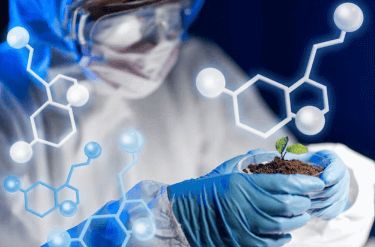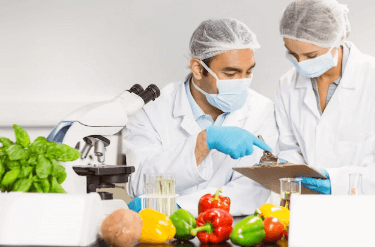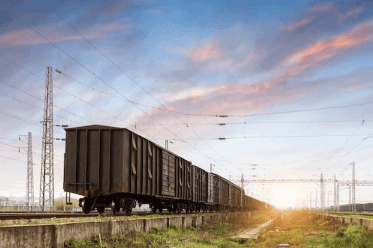Question
a.
first order reaction kinetics
b.
zero order reaction kinetics
c.
chemical kinetics
d.
enzyme kinetics
Posted under Enzyme Technology
Interact with the Community - Share Your Thoughts
Uncertain About the Answer? Seek Clarification Here.
Understand the Explanation? Include it Here.
Q. The study of rates of chemical reactions that are catalyzed by enzymes is referred to as ______________
Similar Questions
Explore Relevant Multiple Choice Questions (MCQs)
Q. Lock and key model was proposed by ______________ in 1890.
View solution
Q. The lock and key model deals with flexible nature of enzymes.
View solution
Q. In induced fit model, only a specific substrate can bind and produce desirable reaction.
View solution
Q. The target substrate molecules bind to active site of the enzyme transforming into products through a series of steps known as the ____________
View solution
Q. When the free energy occurs at standard conditions, it is termed as ______________
View solution
Q. Which of the following is not true for substrate collision theory?
View solution
Q. The disruption of interactions between substrate and solvent is referred to as __________
View solution
Q. Which of the following is not explained by molecular orbital steering?
View solution
Q. If the catalysis involves participation of small organic molecules, cofactors, and amino-acid side chains from the enzyme is termed as ____________
View solution
Q. ________________ involves substrates forming transient covalent bond with the residues present in the active site
View solution
Q. The covalent catalysis is aided by one of the following method?
View solution
Q. Which is the first step involved in chymotrypsin mediated peptide bond hydrolysis?
View solution
Q. Which of this is not true for the active site of an enzyme?
View solution
Q. Daniel Koshland proposed a model for enzyme’s reaction mechanism in 1958 which is termed as __________
View solution
Q. In lock and key model, the enzyme catalyzed reaction may produce an adverse reaction.
View solution
Q. The energy required to attain transition state is referred to as _____________
View solution
Q. The transition state cannot be achieved by using one of the following methods?
View solution
Q. Which of the following factor has a negative impact on substrate collision theory?
View solution
Q. The type of catalysis wherein the proton donation or acceptance is done by water molecule is referred to as _____________
View solution
Q. In the catalysis of RNA by Bovine pancreatic RNase A, His 12 acts as proton donor.
View solution
Recommended Subjects
Are you eager to expand your knowledge beyond Enzyme Technology? We've handpicked a range of related categories that you might find intriguing.
Click on the categories below to discover a wealth of MCQs and enrich your understanding of various subjects. Happy exploring!








